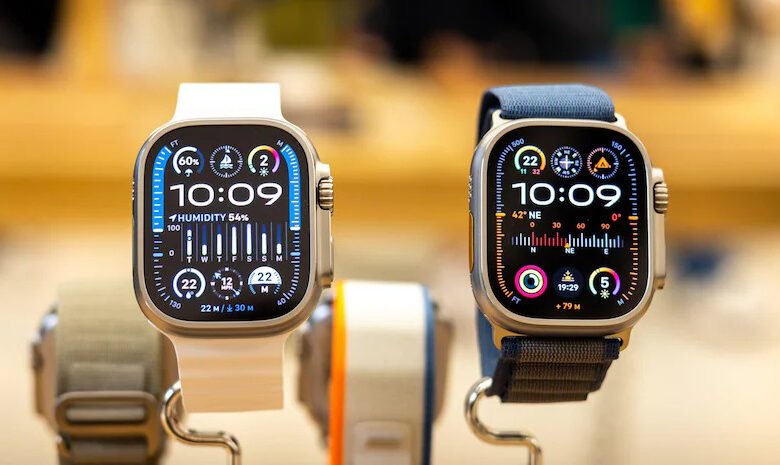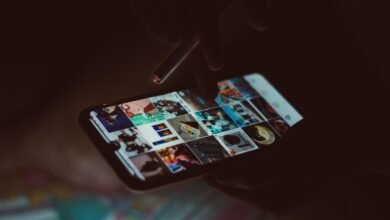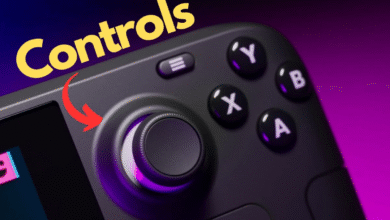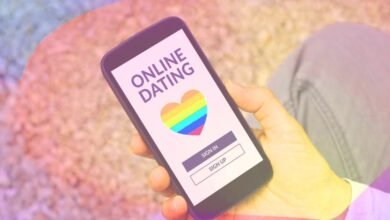
The Chief Executive Officer of Masimo Corporation, Joe Kiani, who is now engaged in a legal dispute with Apple over a blood oxygen function, has cautioned customers not to rely on Apple’s version of the technology, as stated in a report by Bloomberg.
After Apple made the decision to stop selling smartwatches, including the controversial device known as a pulse oximeter, which measures blood oxygen saturation, this comes as a result of that decision. An injunction was issued by the United States International Trade Commission, stating that Apple’s technology violated Masimo’s patents.
Better Off Without It
In an appearance with Bloomberg TV, Kiani indicated that users should choose pulse oximeters from Masimo or other firms instead, highlighting the fact that Apple’s offering is not a reliable medical pulse oximeter. Kiani expressed his opinion that consumers should make this choice.
It was said by him that Apple is misrepresenting the product that they are selling to customers as a trustworthy medical pulse oximeter, despite the fact that it is not. That customers would be better off without it is something that I truly and completely believe in.
Apple has responded to Kiani’s assertions by stating that the blood oxygen component of their watch is reliable, efficient for users, and, in certain circumstances, has the potential to save lives.
After receiving the verdict from the court, Apple made the necessary adjustments and resumed selling its Series 9 and Ultra 2 watches without the functionality that was being contested. Apple has filed an appeal against the prohibition imposed by the ITC, vehemently disagreeing with the decision made by the court.
Kiani brought to light a significant difference between the blood oxygen sensor implementation used by Masimo and the one used by Apple. Despite the fact that the Federal Drug Administration (FDA) of the United States has given its blessing to Masimo’s product, he has expressed his disapproval of Apple’s functionality, which only allows for two measures every day.
According to his theory, Apple launched the tool during the COVID-19 pandemic in order to acquire market share from Fitbit, which is now a subsidiary of Alphabet, which is owned by Google.
Read More: Microsoft Overtakes Apple in Market Capitalization
Masimo vs Apple
The argument put up by Kiani was that pulse oximetry is only useful when it is utilized as a continuous monitor, particularly while the individual is sleeping. He brought attention to the possibility of desaturation occurring during sleep, which is linked to disorders such as apnea or dangerous desaturation as a result of opiate pain management. These are the kinds of situations that, in his opinion, are where the true value of the technology rests.
On the other hand, Apple made it clear that its watch was not inherently intended to continuously monitor desaturation occurrences.
Instead, it does spot checks on demand and occasional background evaluations in order to determine the amounts of oxygen in the blood. Apple highlighted that the precision of a device is dependent on comparisons to high-quality reference data, which was in contrast to Kiani’s focus on the significance of continuous measurements.
Kiani mentioned that he has not directly engaged with Apple for the purpose of reaching a resolution, and that Apple has not made any efforts to reach an agreement. This is in reference to the negotiations that are aimed at settling the dispute. Apple, on the other hand, responded to this by claiming that the business has already actively participated in mediation and that there are plans for additional sessions in the near future.
When asked about the possibility that Masimo is using a trial-and-error strategy against Apple, Kiani responded by stating that none of Masimo’s patents had been invalidated. Apple, on the other hand, stated that 15 out of 17 Masimo patents were found invalid in earlier court proceedings, and the ongoing issue before the International Trade Commission centered around two more patents in particular.
Read More: Apple Doubles the Maximum Tracked Item Limit with AirTag Update











